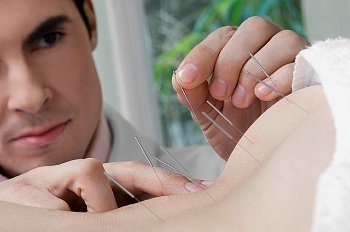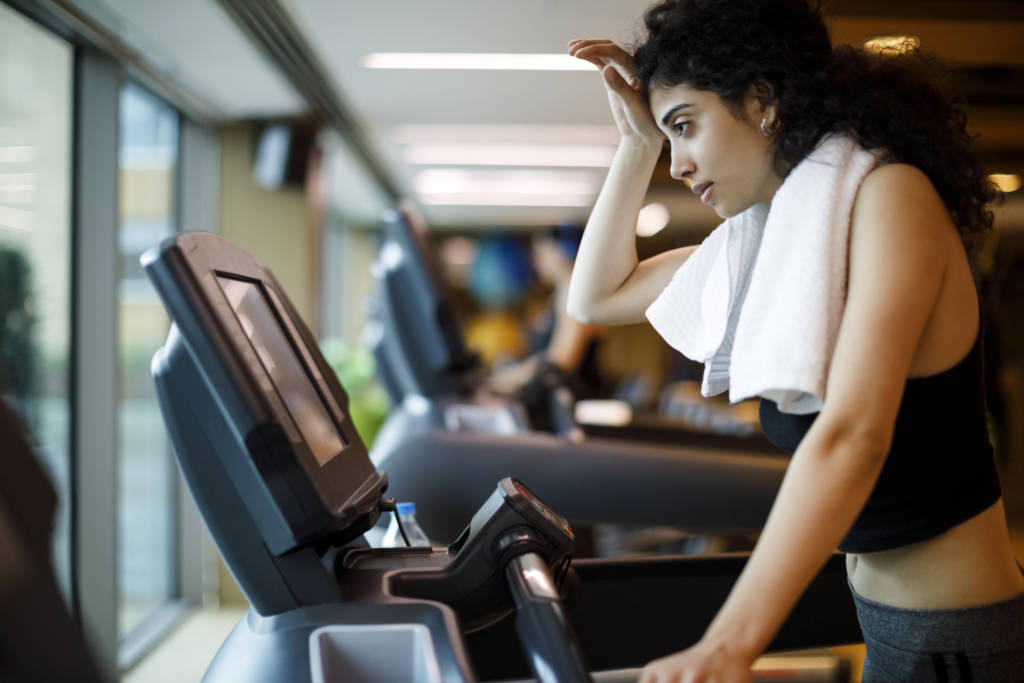The medical community traditionally has relied on potent drugs to relieve severe pain. But in a number of academic settings across the country, health-care practitioners are adding another therapeutic weapon to the mix — they’re helping patients harness the healing power of their own imaginations.
The use of guided imagery, or mental images, to evoke physical benefits is perhaps the oldest form of therapy known to man, explained David E. Bresler, a founder of the Academy for Guided Imagery in Malibu, Calif. In fact, imagery is woven into the fabric of many ancient cultures’ healing rituals, he said.
Today, academic researchers are studying guided imagery’s use as an adjunct to more traditional medical treatments.
“I think it’s just the beginning, really, even though it’s been around a long time,” said Bresler, whose academy instructs clinicians, including pediatricians, in the use of imagery to evoke physiologic changes that promote healing. A traditionally trained Ph.D. neuroscientist, he first became intrigued with alternative methods of pain relief in the early 1970s as founder and director of the University of California, Los Angeles, Pain Control Unit.
While much of the ongoing research is preliminary, practitioners of guided imagery are encouraged by initial results among children and adults.
Nola Schmidt, associate professor of nursing at Valparaiso University in Valparaiso, Ind., recently completed a pilot study at Children’s Memorial Hospital in Chicago examining guided imagery’s effect among children with pain due to sickle cell disease or stem cell transplants. Of the 17 participants, eight were randomly assigned to listen to guided-imagery tapes created especially for each child.
Most tapes were vague, allowing the children to insert different scenes each time they listened to a recording. “For example,” Schmidt said, “a tape may start out: ‘OK, we want you to relax and close your eyes, take a deep breath, feel the air go in, feel the air go out.’ ” The child is invited to imagine being in “one of your favorite places” and to describe the sights, sounds and smells he or she encounters.
Children in the experimental and control groups also kept pain diaries. Their entries recorded when and where they felt pain, what they did to feel better and how much they hurt before and after those interventions.
On a 0-to-10 scale, children in the guided-imagery group had an average post-pain intervention score of 4.3, a point lower than children in the control group. While the difference was not statistically significant, Schmidt believes it is “clinically” significant.
“If it works for you, and it reduced your pain by one point or two points, isn’t it worth it?” she asked.
Bresler noted that his academy trains a lot of pediatricians to use guided-imagery techniques. But kids aren’t the only patients benefiting from this mind-body therapy. Sports psychologists use it to enhance athletes’ physical performance. And cancer centers often use it to relieve patients’ pain and nausea.
Carol L. Baird, an associate professor of nursing at Purdue University in West Lafayette, Ind., recently tested guided imagery with a relaxation component among older women suffering from osteoarthritis.
Half of the 28 volunteers in the pilot study listened to recordings that described a pleasant scene and guided listeners to engage all of their senses. After 12 weeks, the experimental group experienced a significant reduction in pain compared with women in the control group. The guided-imagery group also had increased mobility, the study showed.
What’s more, a separate study involving the same volunteers found that guided imagery with relaxation seemed to improve their quality of life, she said.
Baird thinks the guided-imagery approach has exciting potential. “For one thing, it’s so easy to use,” she noted. It’s also inexpensive and easy to teach, making it suitable for patients to use in their own self-care, she added.
Of course, it may not be for everyone, especially people who have difficulty visualizing images in their heads, Baird acknowledged. In the future, she plans to do studies that measure people’s “imaging ability.”
On the other hand, guided-imagery experts say the technique has minimal side effects, if any. So why not try it?
Schmidt suspects science someday will reveal a concrete biological reason why guided imagery works. In fact, animal studies suggest that images in the brain can stimulate neurotransmitters that, in turn, block pain receptors, she said. But for patients garnering relief today, a neurochemical explanation may not be necessary.
For the complete article, click here.





